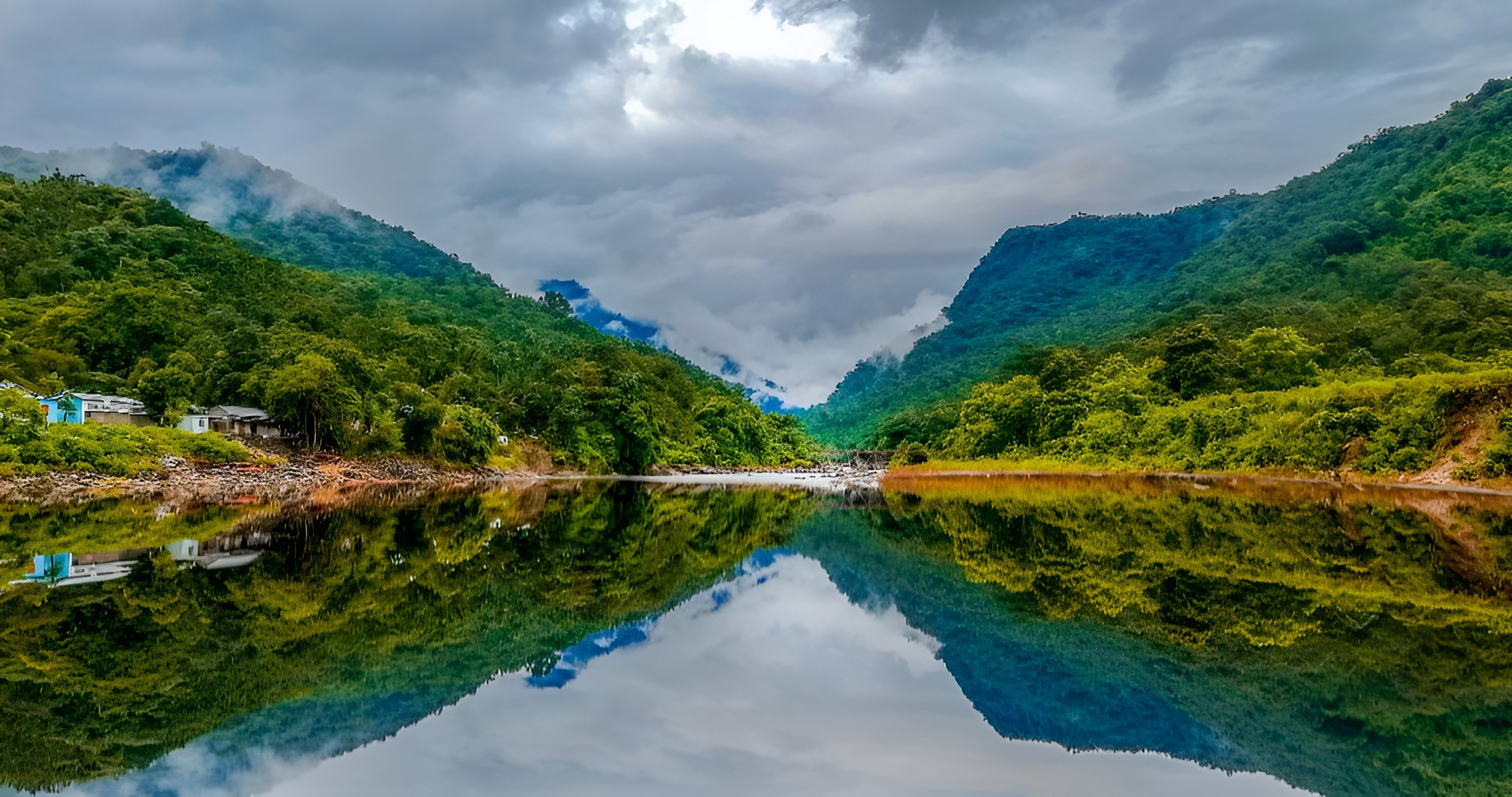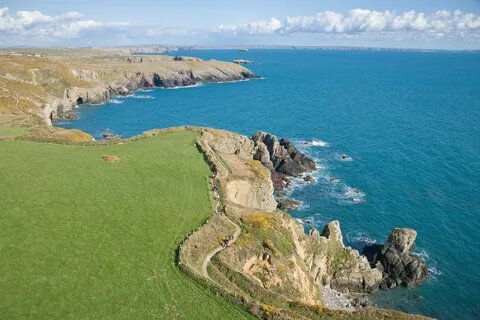Historical Places in Bangladesh, is a sovereign part of the historic region of Bengal a land rich in historical significance and cultural history. This country is shaped by its turbulent past, which can be seen in every region of the country from the time of the Mughal Empire and the Bengal Sultanate to the ancient kingdoms of Gangaridai. Relics from various past eras dot the landscape of Bangladesh each one providing insight into the nation’s historical development. The area has seen the rise and fall of empires, the impact of colonialism and the emergence of a nation following a brutal independence struggle in 1971. It also had a major part in the spread of Islam in South Asia.

Travellers and history buffs alike can find a fascinating trip through time when visiting Bangladesh’s historical monuments. The nation is home to several historical sites that demonstrate the range of its cultural and religious influences from grand palaces and monuments to ancient ruins and mosques. Whether you’re intending to visit the centuries-old Sixty Dome Mosque, the UNESCO-listed Somapura Mahavihara, or the famous Lalbagh Fort in Dhaka, each location offers a window into the intriguing history of the nation. Make sure you have a valid visa for Bangladesh before starting your trip to these historical treasures, as this will be your ticket to exploring the rich history and cultural legacy of this amazing nation.
Here are the Top 7 Historical Places in Bangladesh
1. The Fort of Lalbagh:

Bangladesh’s most famous building is the 17th-century Mughal fort Lalbagh Fort which is situated on the Buriganga River in Dhaka. Built by Emperor Aurangzeb’s son, Subahdar Muhammad Azam Shah, the fort is shrouded in mystery and history. Despite never being finished, the fort is nonetheless a noteworthy example of Mughal design in the area. Three primary buildings make up the fort: the tomb of Emperor Shaista Khan’s daughter Bibi Pari, the mosque, and the Diwan-i-Aam, the governor’s palace. The fort’s incomplete status contributes to its mysterious charm, luring tourists from all over the world.
2. Comilla’s Kotila Mura:
One of the most revered Buddhist sites in Bangladesh is Kotila Mura, which is a component of the Mainamati ruins and is located in Comilla. This historic location which dates back to approximately 600 AD, is a priceless archaeological find. The three stupas that make up Kotila Mura each stand for one of the three jewels in Buddhism: the Buddha, the Dharma and the Sangha. The location was used as a hub for religious events and meditation, and people looking for spiritual comfort are still drawn to its peaceful surroundings. Beyond its religious significance, Kotila Mura has historical value as well. The location provides insightful information on the cultural and architectural advancements of ancient Bengal.
3. The Dhaka Liberation War Museum:

A moving reminder of Bangladesh’s fight for freedom from foreign military oppression is the Liberation War Museum in Dhaka. Known locally as “Mukti Judho,” the museum was founded in 1971 with the goal of conserving the history of the country’s struggle for independence. A sizable collection of artefacts, records and images that document the events leading up to the struggle for independence and the subsequent establishment of Bangladesh as an independent nation are kept in the museum. One might anticipate gaining a profound comprehension of the sacrifices made by the Bangladeshi people in their pursuit of freedom while visiting the Liberation War Museum.
4. Mahavira Somapura:
Somapura Mahavira one of the biggest and most significant ancient Buddhist monasteries in the world, is situated in Paharpur. The monastery was named for itself, ‘The Great Monastery,’ because of its enormous size and importance. It was constructed in the seventh century during the reign of the Pala Emperor Dharma Pala. In addition to being a place of worship Somapura Mahavira was also a center of learning, drawing monks and academics from all across Asia. Due to its significance in both architecture and culture, the location is currently recognized as a UNESCO World Heritage Site. Up until the twelfth century, the monastery flourished and was a shining example of Buddhist devotion and education. The remains of Somapura Mahavira are open for exploration today and provide a window into the incredible architectural design of the era.
5. Mura Kotila:

Nestled amidst the Mainimati ruins in Comilla, Bangladesh, lies another important Buddhist site: Kotila Mura. Three stupas, representing the Three Jewels of Buddhism (Buddha, Dharma, and Sangha), make up the location. These stupas which date from the seventh century, were used as a hub for religious activities and meditation until the thirteenth century. Kotila Mura provides a calm setting for introspection and discovery and is evidence of the Buddhism’s continuing influence in the area. The location is significant not only for its historical architectural legacy but also for its religious significance. The well-preserved stupas at Kotila Mura offer tourists a unique chance to see Bangladesh’s historic Buddhist architecture.
6. The Cox Basin:
One of Bangladesh’s most well-known tourist sites, Cox’s Bazar is situated along the Bay of Bengal and is renowned for both its breath-taking natural beauty and historical significance. The town is home to the world’s longest stretch of unbroken beach, which stretches over 120 kilometres. Travellers come from all over the world to this unspoiled beach because it provides the ideal balance of exploration and leisure. In addition to being a popular beach resort, the area is rich in cultural legacy, including historical sites that provide insight into the area’s past.
7. National Park Himchari:

Located south of Cox’s Bazar, Himchari National Park is a conservation area that was created in 1980. The area’s distinctive environment which includes verdant tropical rainforests, grasslands and sun-kissed beaches was intended to be preserved when the park was established. Hiking, bird watching and exploring the park’s many waterfalls are just a few of the leisure activities available in Himchari, which is a paradise for nature enthusiasts. Due to its rich diversity of plants and animals, the park is an important destination for conservation, and measures are taken to preserve the area’s natural beauty and safeguard endangered species. Though their numbers have decreased, Himchari National Park is still an important habitat for wildlife. In the past, Asian elephants used it as a stomping ground.
Conclusion:
Discovering Bangladesh’s historical sites is like traveling back in time as each location provides a glimpse into the colourful and varied past of this dynamic country. From the imposing Lalbagh Fort in Dhaka to the tranquil Somapura Mahavira in Paharpur, these historical sites tell tales of invasion, spirituality and the fight for independence in addition to showcasing the architectural genius of their respective eras. The history of Bangladesh is vividly brought to life, whether you are paying respects at the Liberation War Museum or strolling around the historic Buddhist stupas of Kotila Mura.
The first step in starting an amazing trip for individuals who want to see Bangladesh’s cultural and historical riches is obtaining a Bangladesh visa. Every one of these locations bears witness to the nation’s lasting influence and its position within the larger framework of South Asian history. You will have a greater understanding of the tenacity and energy of the Bangladeshi people as you visit these historical sites and you will come away with an enduring bond with the tales that have molded this amazing nation.



